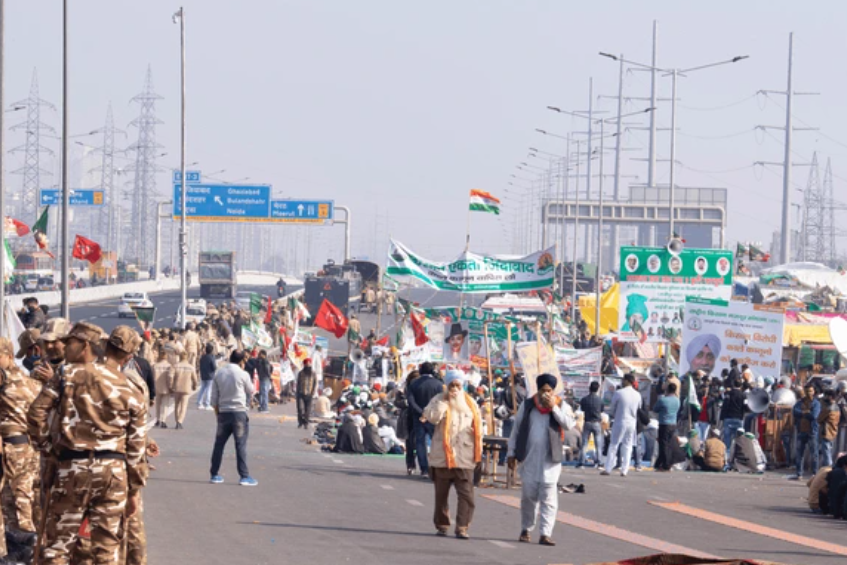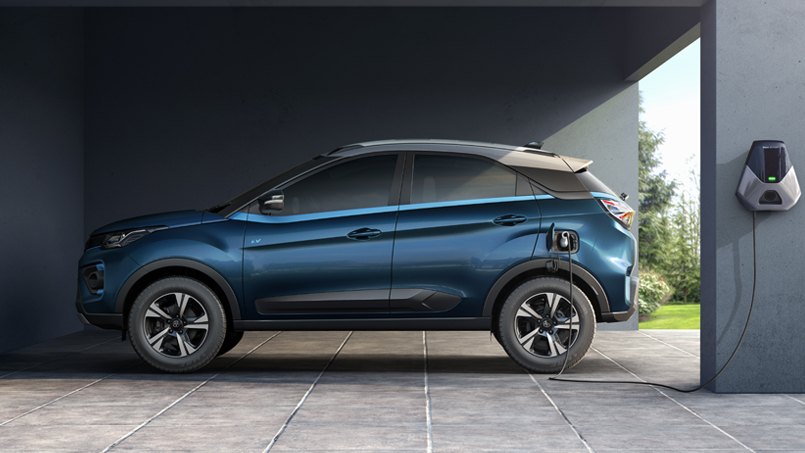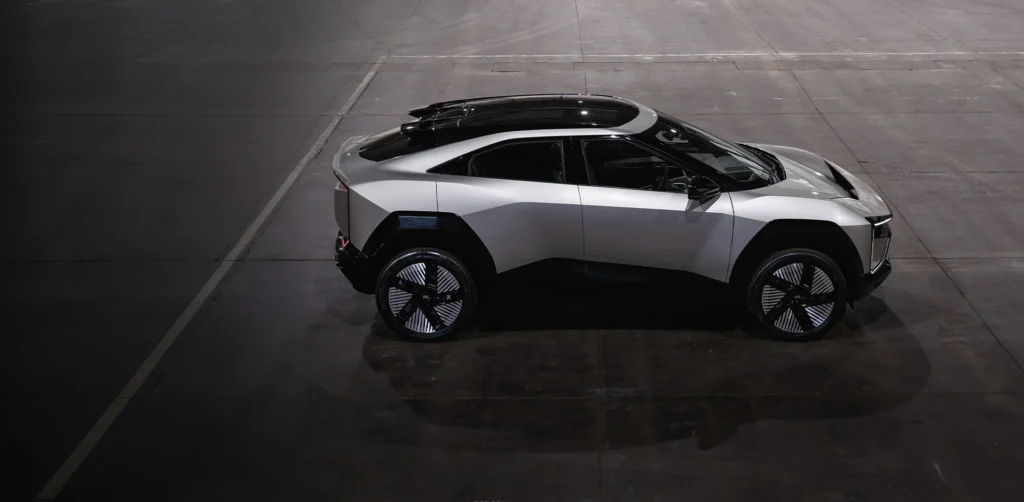The Delhi Metro has become the lifeline of India’s capital city, offering a reliable, efficient, and eco-friendly mode of transportation. Over the years, its expansion has played a transformative role in reshaping Delhi’s connectivity, easing traffic congestion, and promoting sustainable urban mobility. This blog delves into the multifaceted impact of the Delhi Metro’s expansion on the city’s connectivity and quality of life.
A Brief Overview of Delhi Metro’s Growth
Since its inauguration in 2002, the Delhi Metro has grown from a single line to an extensive network spanning over 350 kilometers, connecting Delhi with its satellite cities like Noida, Gurgaon, Faridabad, and Ghaziabad. The expansion has been carried out in multiple phases, with Phase IV currently underway, aiming to add another 104 kilometers to the network.
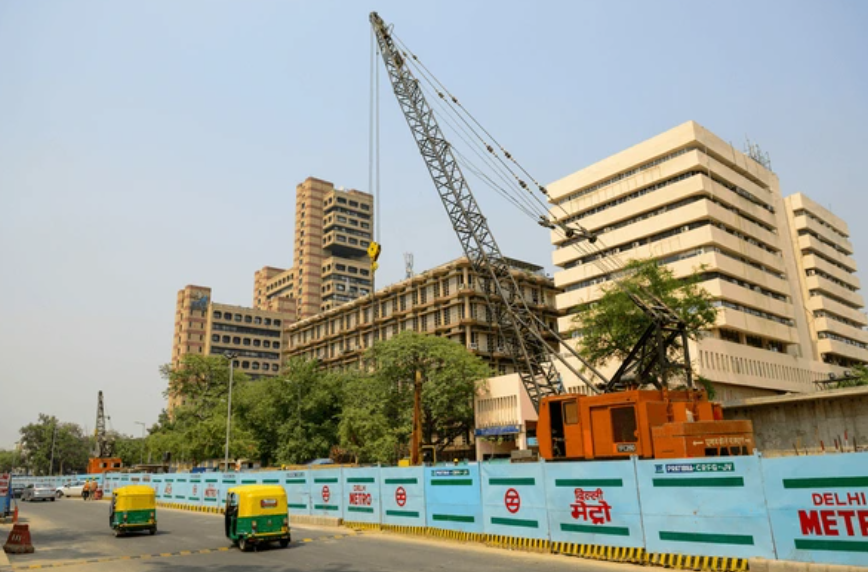
Enhancing Urban Connectivity
- Seamless Commuting Across Regions The Metro has bridged the gap between central Delhi and its outskirts, allowing commuters to travel efficiently. Areas that were once difficult to access, such as Rohini, Dwarka, and Badarpur, are now seamlessly connected, reducing travel time significantly.
- Last-Mile Connectivity The introduction of feeder buses, e-rickshaws, and bike-sharing services at metro stations has improved last-mile connectivity. This has enabled commuters to access remote areas without relying solely on private vehicles.
- Integration with Other Modes of Transport Delhi Metro’s integration with Indian Railways, inter-state bus terminals, and Delhi Transport Corporation (DTC) buses has created a multi-modal transport ecosystem, simplifying travel across the National Capital Region (NCR).
Reducing Traffic Congestion
Delhi’s roads are infamous for traffic jams, but the Metro has provided a viable alternative for daily commuters. By offering an affordable and punctual mode of transport, it has encouraged many to switch from private vehicles to public transport, reducing vehicular traffic on the roads. According to estimates, the Metro has helped remove over 7 lakh vehicles from Delhi’s streets daily.
Environmental Benefits
- Reduction in Carbon Emissions The Metro’s expansion has significantly contributed to reducing Delhi’s carbon footprint. It is estimated to save over 7 lakh tons of CO2 emissions annually, supporting India’s commitment to combating climate change.
- Promoting Electric Mobility The Metro’s reliance on electricity and use of regenerative braking systems align with sustainable urban practices, further mitigating pollution levels in the city.
Economic and Social Impact
- Boosting Real Estate and Commercial Growth The Metro’s expansion has spurred real estate development around stations, with areas experiencing a rise in property values. Commercial establishments near metro corridors have also seen increased footfall and economic activity.
- Enhancing Accessibility for All The Metro’s inclusive design, featuring elevators, ramps, and priority seating, ensures accessibility for differently-abled individuals and senior citizens. This has democratized urban mobility in Delhi.
- Creating Employment Opportunities The ongoing expansion projects and operations of the Metro have generated thousands of jobs, ranging from construction and engineering to station management and security.
Challenges and Areas for Improvement
While the Metro’s expansion has been largely beneficial, challenges remain:
- Overcrowding: Peak hours often see overcrowded trains and stations, underscoring the need for additional coaches and higher frequency.
- Last-Mile Connectivity Gaps: Despite efforts, some stations still lack efficient last-mile connectivity options.
- High Operational Costs: Maintaining such a vast network is expensive, necessitating subsidies and innovative revenue streams, such as advertisements and property development.
Future Prospects
The Delhi Metro is constructing 40.109 kilometres of new underground corridors as part of its Phase 4 expansion, under which about 86 kilometres of new lines are being laid across five different corridors.
This is a major engineering challenge since the underground corridors are passing through a variety of strata similar as crowded domestic as well as marketable areas in Sadar Bazar, Nabi Karim, the Mehrauli Badarpur Road, Ajmal Khan Park, New Delhi etc.
With the ongoing Phase IV expansion and proposed new lines, the Delhi Metro is set to reach more underserved areas, further strengthening connectivity. Initiatives like driverless trains and the use of renewable energy for operations promise to make the Metro even more efficient and sustainable.
Phase-IV (DMRC Official Website): https://delhimetrorail.com/pages/en/phase-iv
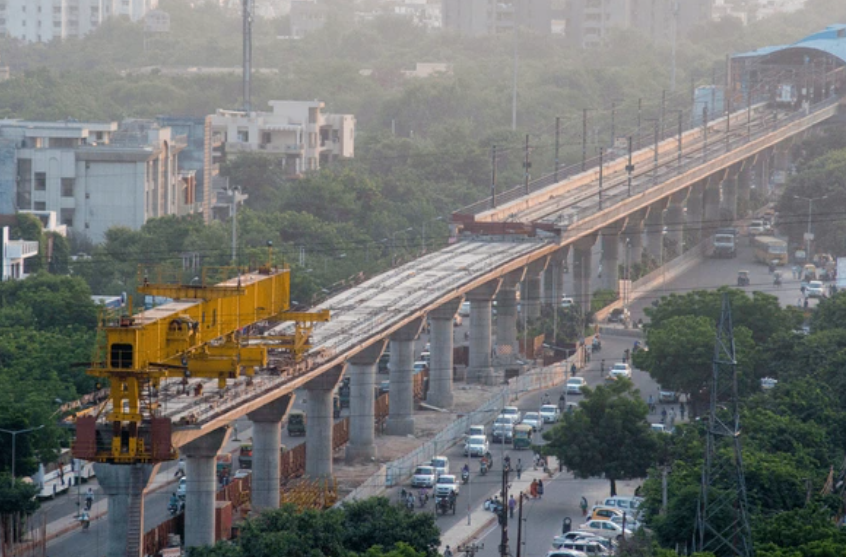
Conclusion
The Delhi Metro’s expansion has revolutionized urban mobility in the capital, offering a sustainable, time-saving, and cost-effective mode of transportation. As it continues to grow, the Metro will play an even more crucial role in shaping the future of Delhi’s connectivity and addressing the challenges of urbanization. Its success story serves as a model for other Indian cities aspiring to build world-class public transport systems.
Also read:
Budget 2025: Unveiling the Big Impact
Electric Vehicles in India: Paving the Way to Sustainable Mobility

